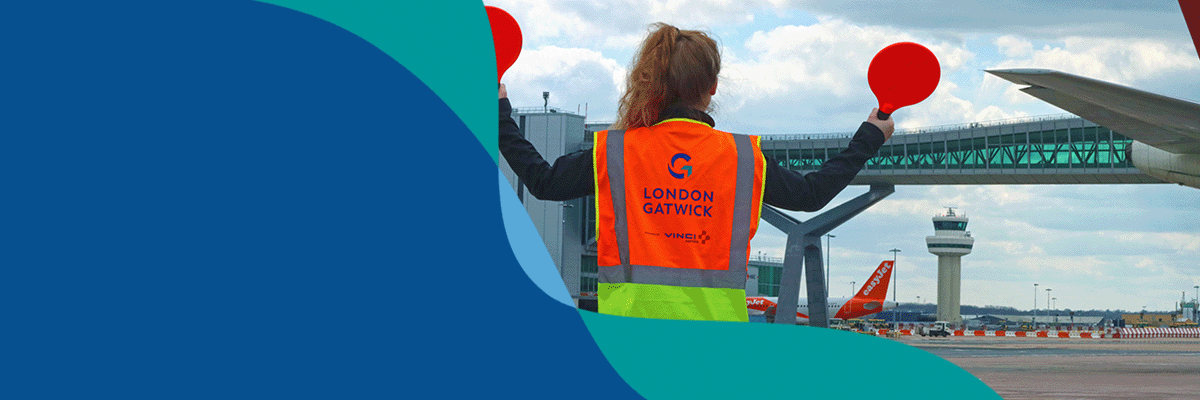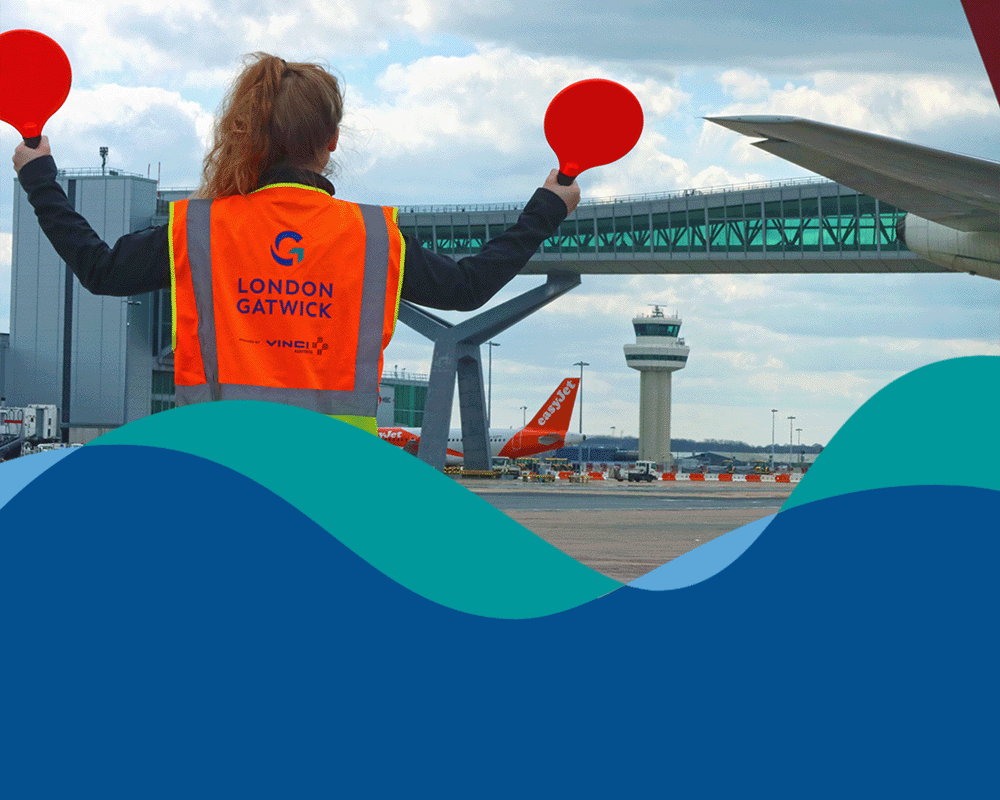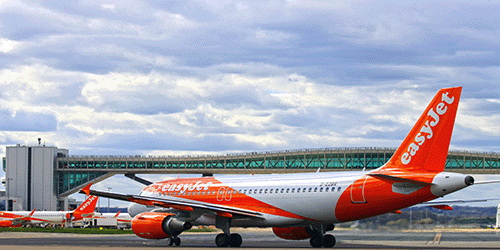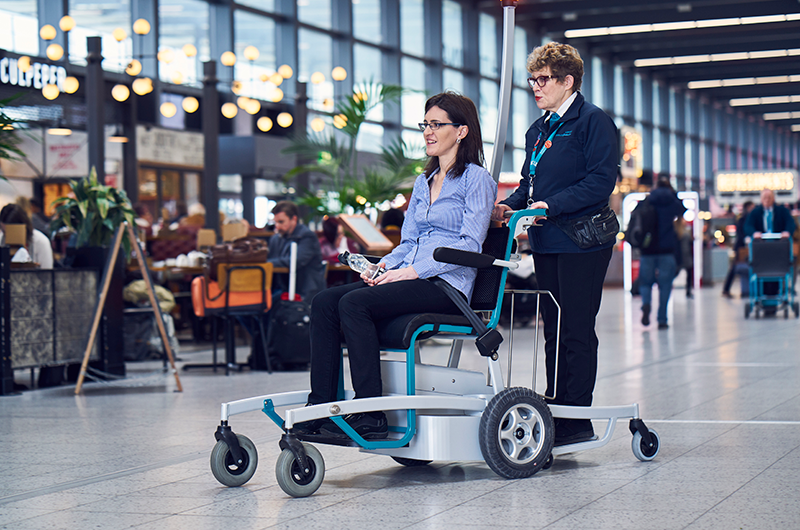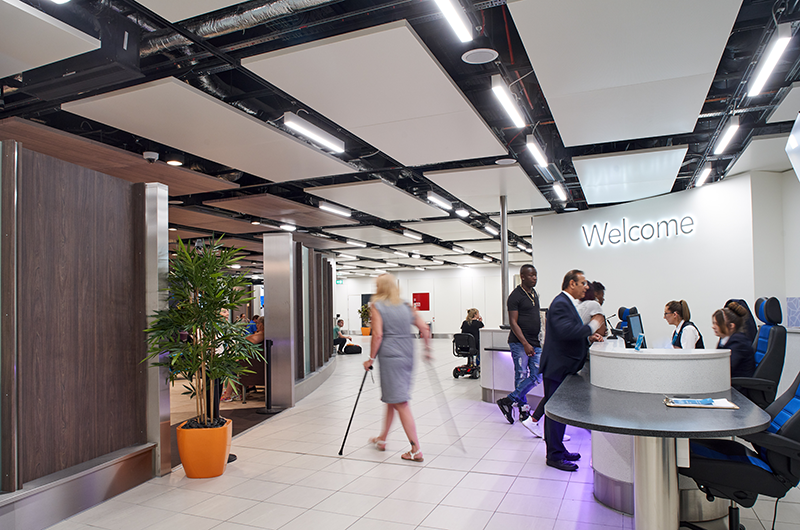Groups we engage with
We play a key role in the economic, social and environmental development of the region. This means that many local groups and committees are involved in discussions on the airport's operation.
We engage with four key groups on airspace and noise matters:
![]() The Gatwick Airport Consultative Committee (GATCOM)
The Gatwick Airport Consultative Committee (GATCOM)![]() The Noise and Track Monitoring Advisory Group (NATMAG) and its subgroup the Gatwick Noise Monitoring Group (GNMG)
The Noise and Track Monitoring Advisory Group (NATMAG) and its subgroup the Gatwick Noise Monitoring Group (GNMG) ![]() The Noise Management Board (NMB)
The Noise Management Board (NMB)
GATCOM is our statutory advisory body. It meets four times a year. It seeks to reach a common understanding of the nature and operation of the airport and its policies.
GATCOM meets four times a year. It considers issues related to the operation and development of London Gatwick and its effect on local communities, passengers, airlines and other airport users.Sub-committees also discuss specific topics.
The committee includes:
![]() Local councils
Local councils ![]() Environmental groups
Environmental groups ![]() Aviation industry
Aviation industry ![]() Business leaders
Business leaders ![]() Passenger groups
Passenger groups
NATMAG is joined by officials from Gatwick, the DfT, NATS, air traffic control, airlines, and local authorities. The group meets quarterly to monitor and discuss a wide range of issues, including:
![]() Track keeping performance
Track keeping performance![]() Continuous descent operations
Continuous descent operations![]() Night engine testing
Night engine testing![]() Ground noise
Ground noise![]() Noise complaints
Noise complaints
GNMG is a sub-group of NATMAG. It involves delegates from Gatwick, Environmental Health Officers from local authorities, and the Independent Technical Advisor to GATCOM. They evaluate and discuss the data collected from noise monitors around Gatwick. The group also discusses potential locations for future noise monitors. The group's findings are given to NATMAG for ratification.
